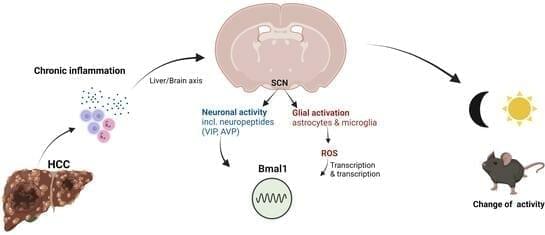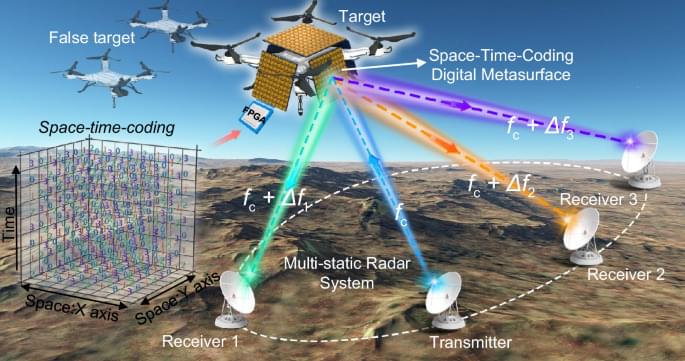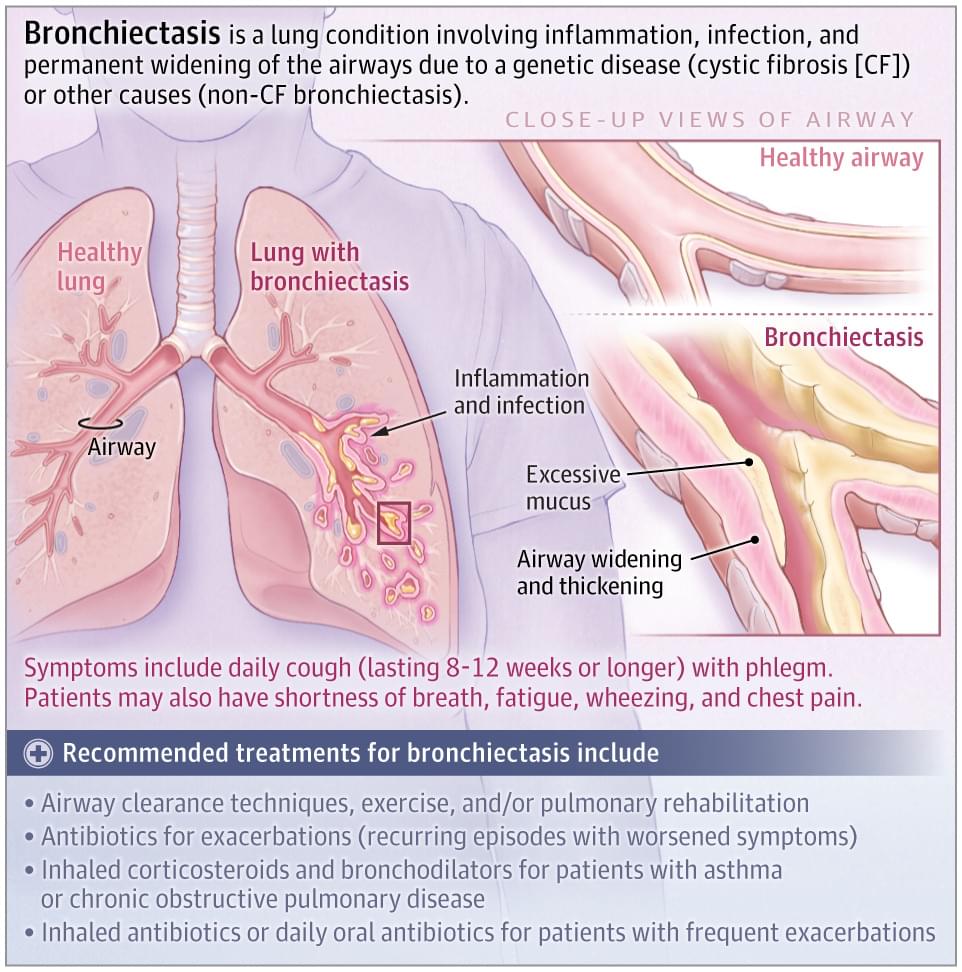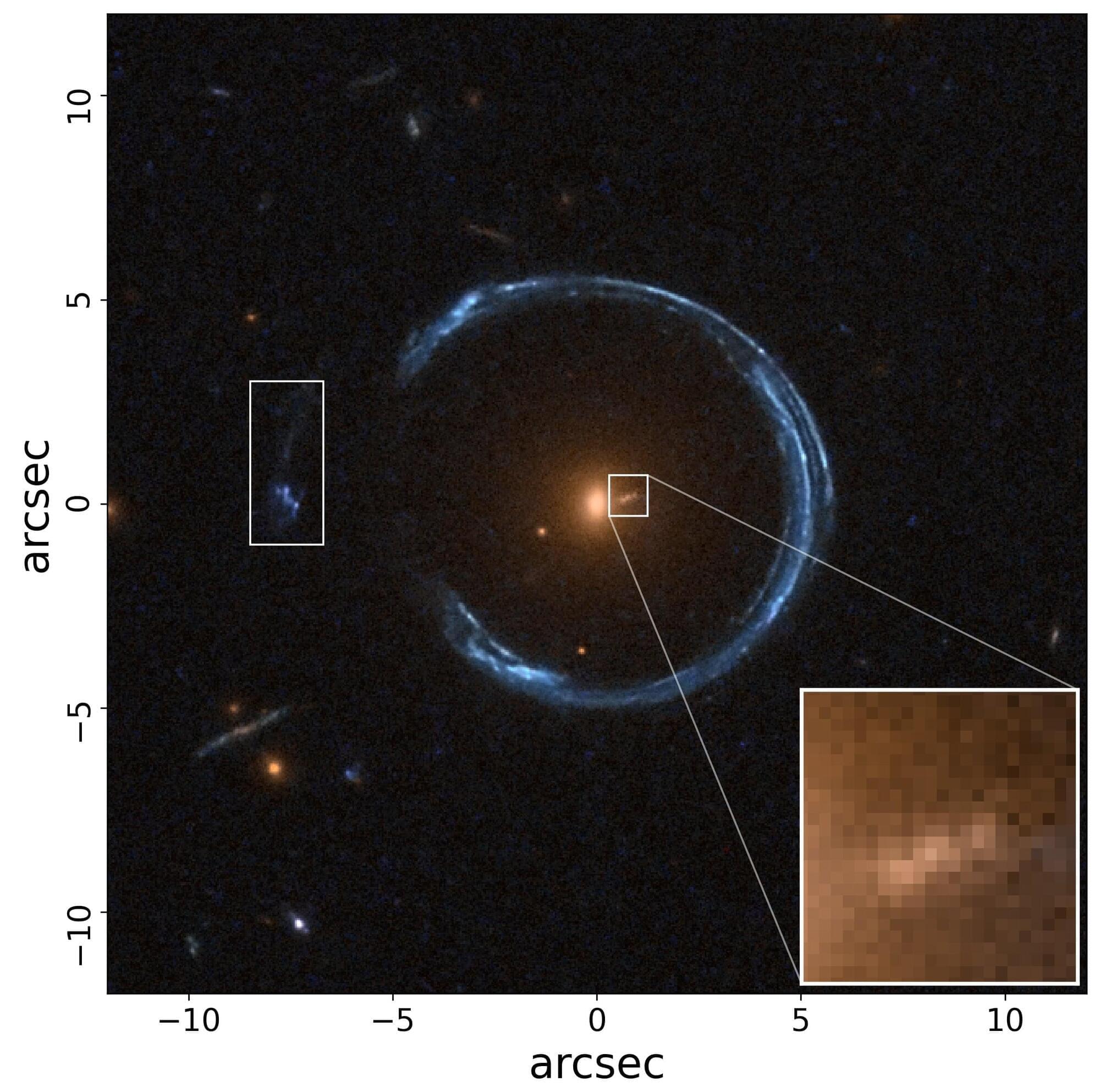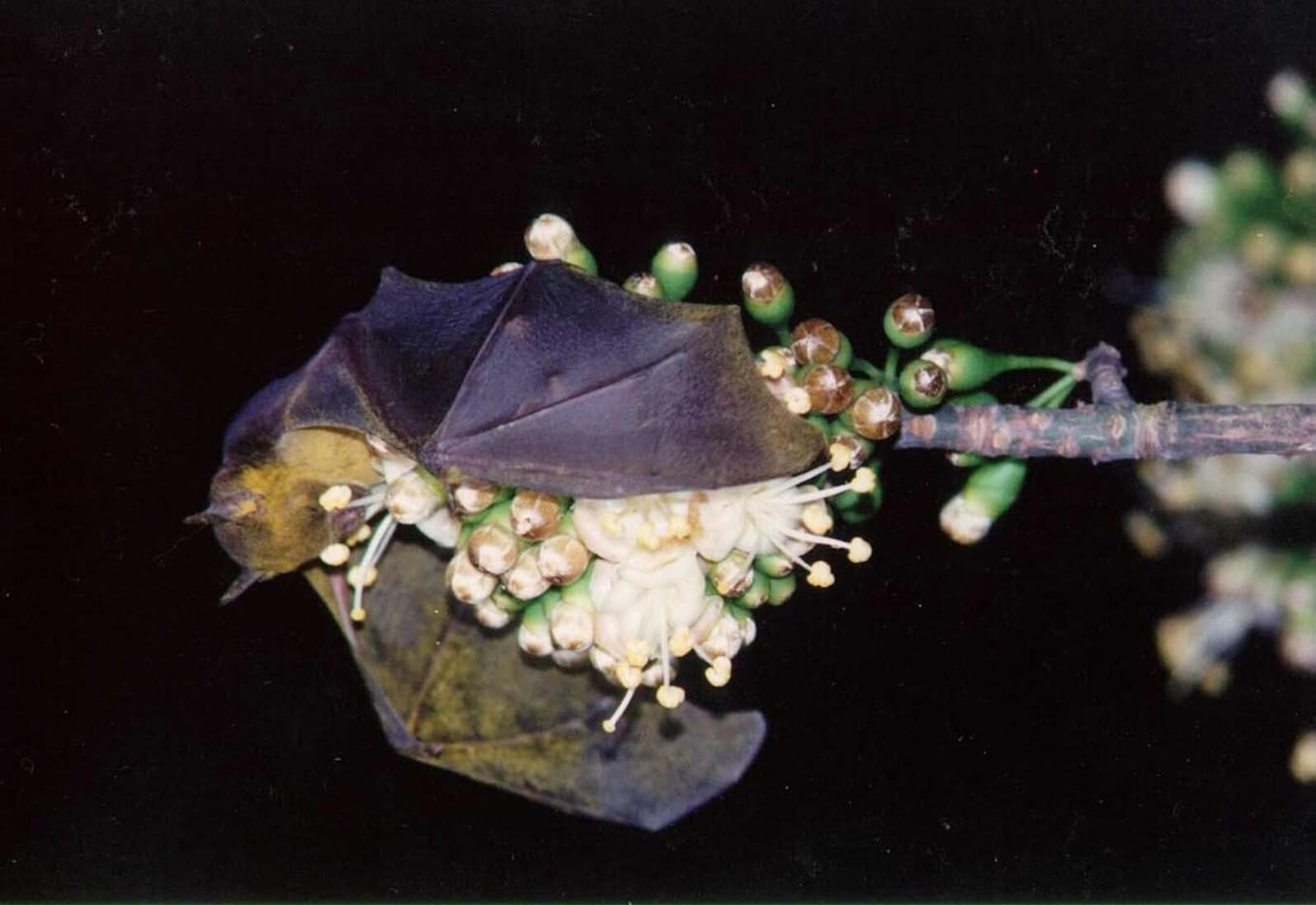Questions to inspire discussion.
🛣️ Q: What specific improvements can we expect from the new FSD model? A: The new model will see and avoid potholes, drive better in parking lots, find parking spaces more efficiently, figure out pickup and drop-off zones for robotaxis, and handle high chaos situations like crowded areas more effectively.
Safety and Regulations.
🚦 Q: How does FSD’s safety compare to human drivers? A: Tesla’s FSD technology is already much safer than humans with the current Version 4, which has 8 cameras and 10x better parameters than previous versions, and it’s expected to improve further with future updates.
📊 Q: How significant are the improvements in the new FSD model? A: While the model has 10x better parameters, the features may not be 10x better, but improvements could be greater than 10x due to hard-to-measure benefits like reduced driving stress and increased safety.
🚫 Q: What’s limiting FSD’s full potential? A: Regulations currently hold FSD back from reaching its full potential, despite its ability to drive faster and handle high chaos situations more effectively.
